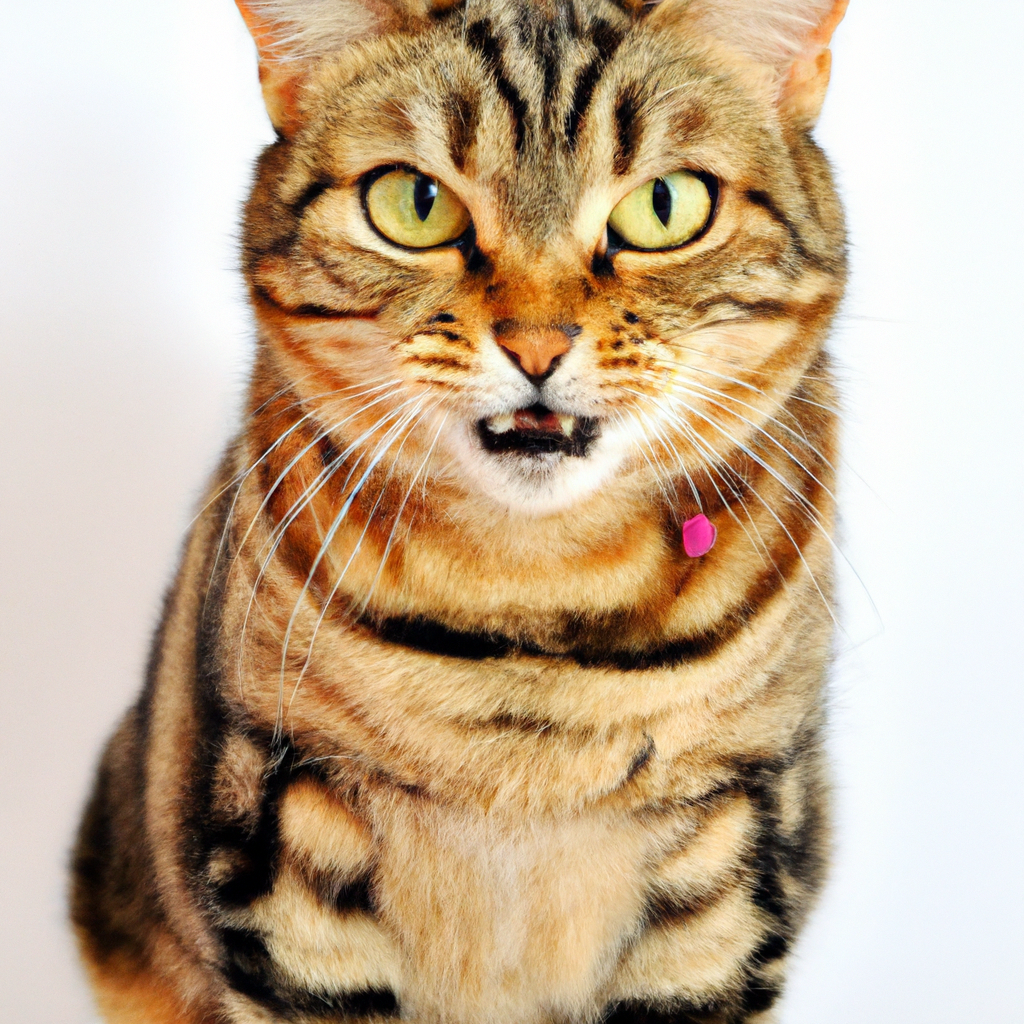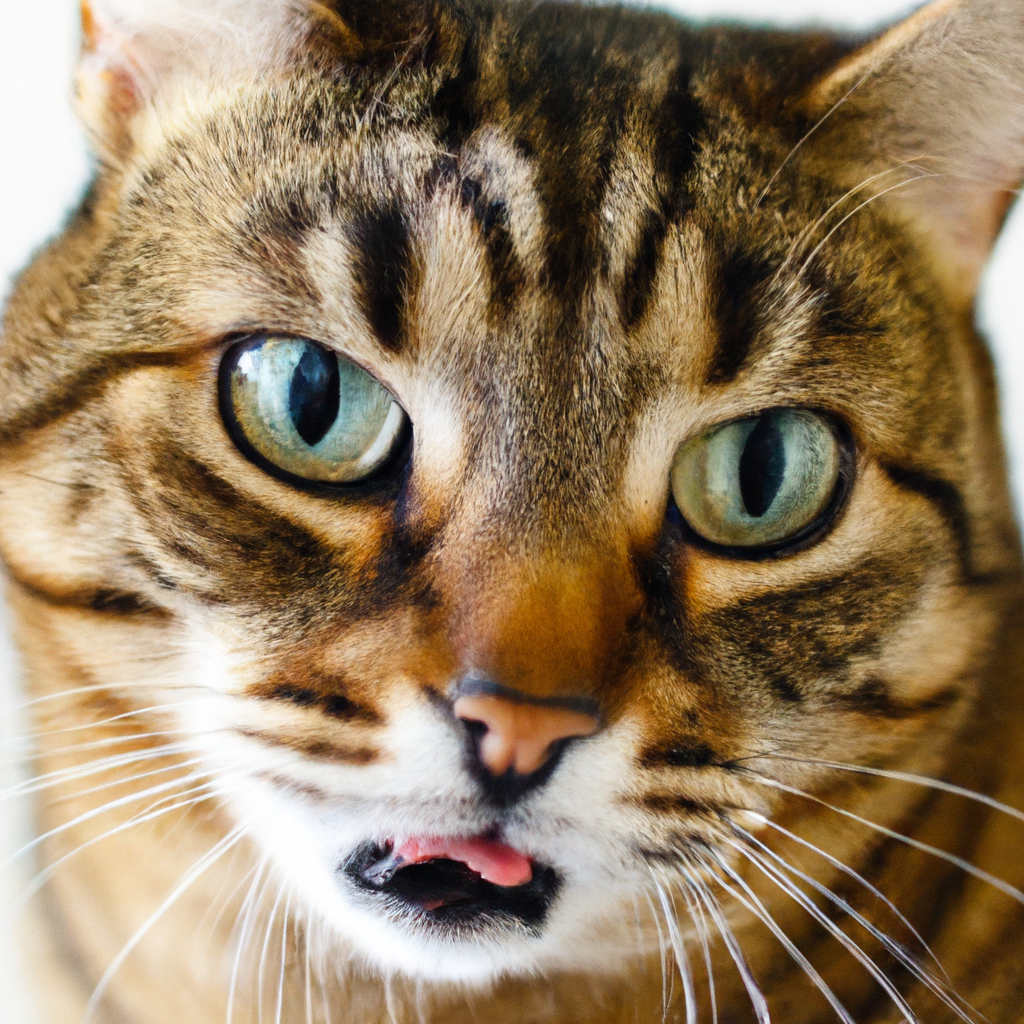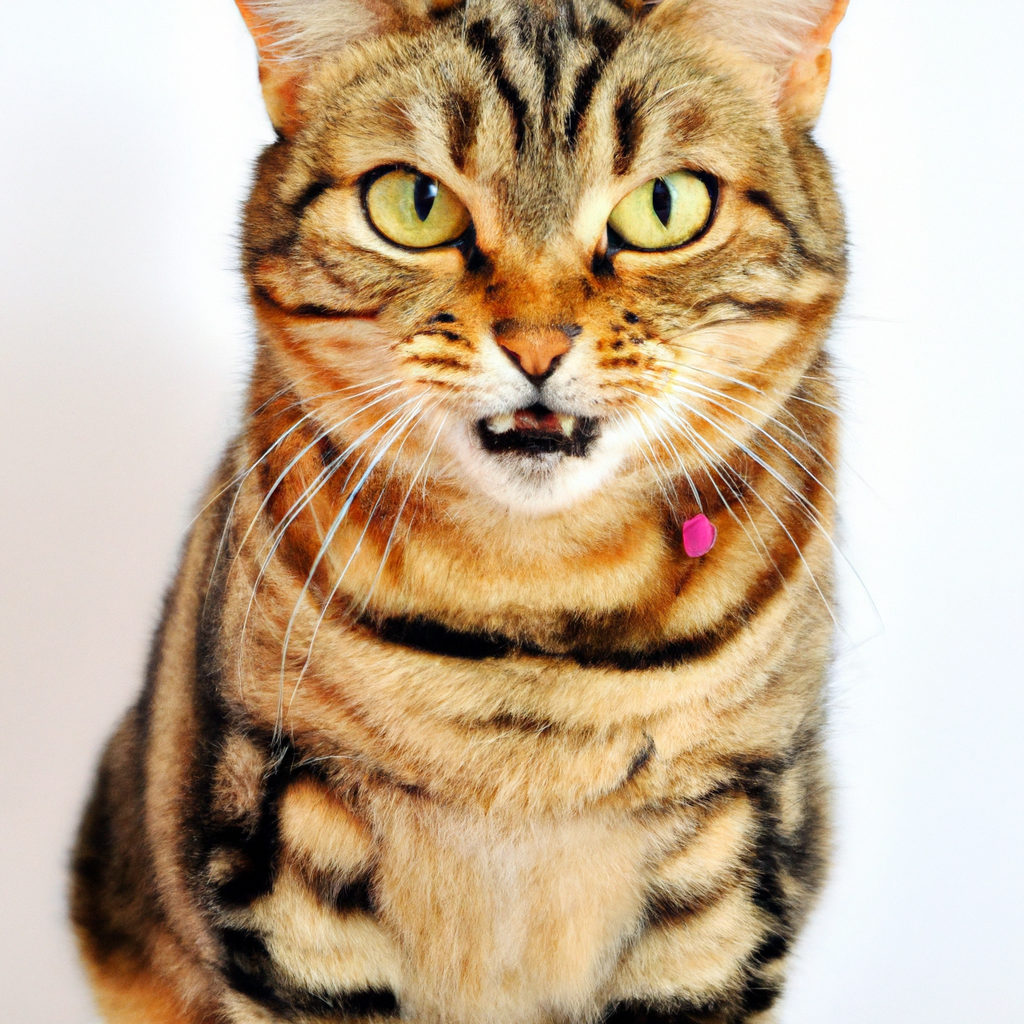Tabby cats have been a popular choice for pet lovers for centuries, thanks to their unique coat patterns and charming personalities. However, if you suffer from allergies, you may be wondering if these adorable feline companions are hypoallergenic. Despite their undeniable appeal, it’s important to dive into the facts and explore whether or not tabby cats can be a hypoallergenic option for allergy sufferers. So, if you’re considering bringing a tabby cat into your home but want to ensure it won’t cause any pesky sniffles or sneezes, read on to find out if tabby cats are hypoallergenic.

What is a Tabby Cat?
A tabby cat is not a specific breed, but rather a coat pattern that can be found in various breeds of cats. The term “tabby” refers to the unique markings on a cat’s coat, which usually consist of stripes, spots, or swirls. These markings can come in various colors, such as brown, gray, and orange.
Physical characteristics of tabby cats
In addition to their distinctive coat patterns, tabby cats also have certain physical characteristics that are commonly associated with their breed. They typically have a medium to large-sized body, with a muscular build. Their tails are often long and thick, adding to their overall elegance. Tabby cats also have a round or oval-shaped head with expressive eyes that can range from green, yellow, to amber. Their ears are usually medium-sized and are set wide apart on their head. Overall, tabby cats possess a charming and attractive appearance.
Popular tabby cat breeds
While tabby cats can be found in various cat breeds, some breeds are more commonly associated with tabby markings. Some popular tabby cat breeds include the Maine Coon, British Shorthair, Bengal, and Abyssinian. These breeds often showcase the beautiful tabby coat pattern in their unique ways, making them even more sought after by cat lovers.
Understanding Hypoallergenic Cats
Definition of hypoallergenic
When it comes to cats and allergies, the term “hypoallergenic” is commonly used. However, it is essential to understand what this term truly means. “Hypoallergenic” refers to substances or animals that are unlikely to cause an allergic reaction in individuals who are sensitive to allergens. In the case of cats, hypoallergenic cats are thought to produce fewer allergens or have different types of allergens that are less irritating to allergic individuals.
Types of hypoallergenic cats
There are several cat breeds that are often described as hypoallergenic. These breeds are believed to produce fewer allergens and may be more suitable for individuals with allergies. Some common hypoallergenic cat breeds include the Sphynx, Russian Blue, Balinese, and Siamese. However, it is important to note that the level of allergenicity can vary from person to person, and what may be hypoallergenic for one person might still cause allergies in another.
The Myth of Hypoallergenic Tabby Cats
Exploring the misconception
Despite the popularity and prevalence of tabby cats, there is a common misconception that all tabby cats are hypoallergenic. This belief stems from the fact that some hypoallergenic cat breeds may also have tabby markings. However, it is crucial to understand that the hypoallergenic nature of a cat is not determined by its coat pattern but rather by its individual genetics and production of allergens.
Allergens in cat fur and dander
Allergens that cause allergic reactions in individuals with cat allergies are primarily found in a cat’s saliva, skin, and urine. These allergens can become airborne in the form of microscopic particles that can settle on a cat’s fur and dander. When a person with allergies comes into contact with cat fur or dander, their immune system may react and trigger symptoms such as sneezing, itching, or respiratory issues. It is important to note that the production and levels of these allergens can vary among individual cats, regardless of their coat pattern.
Factors Affecting Allergenicity in Tabby Cats
The role of Fel d 1 protein
One of the primary allergens responsible for triggering allergic reactions in individuals with cat allergies is a protein called Fel d 1. This protein is produced in a cat’s salivary and sebaceous glands and is present in their skin flakes, urine, and saliva. The levels of Fel d 1 can vary among different cat breeds and individual cats. While some hypoallergenic cat breeds are known to produce less Fel d 1, there is no evidence to suggest that tabby cats, as a coat pattern, have a direct correlation with lower levels of this protein.
Genetic variations in individual cats
Just like humans, individual cats can have genetic variations that may affect the production and types of allergens they produce. Some cats may produce fewer allergens or have slightly different allergens, making them potentially less irritating to allergic individuals. However, these variations are not exclusive to tabby cats and can be found in any breed or coat pattern.

Evidence and Studies on Hypoallergenic Tabby Cats
Scientific research on hypoallergenic cats
While the concept of hypoallergenic cats is widely discussed, scientific research on the topic is still limited. Many studies have focused on investigating the levels of Fel d 1 in various cat breeds and individual cats. However, there is no specific research that directly addresses the hypoallergenic nature of tabby cats based on their coat pattern alone.
Specific studies on tabby cats
Although there is no specific research on hypoallergenic tabby cats, some studies have examined allergen levels in different cat breeds and coat patterns. These studies suggest that the levels of allergens, including Fel d 1, can vary greatly among individual cats within the same breed and coat pattern. Therefore, it is essential to assess the allergenicity of a specific cat rather than assuming it based solely on its tabby markings.
Tips for Living with Allergies and Tabby Cats
Managing allergies in the presence of a tabby cat
If you or someone in your household has cat allergies but still wants to live with a tabby cat, there are several steps you can take to minimize exposure to allergens. Regularly grooming your cat, including brushing and bathing, can help reduce the amount of allergens present on their coat. Using high-efficiency particulate air (HEPA) filters in your home can also help remove allergens from the air. Additionally, maintaining good overall indoor air quality, such as adequate ventilation and regular cleaning, can help minimize the impact of allergens.
Creating an allergen-free environment
Creating an allergen-free environment may involve designating specific “cat-free” areas in your home where allergic individuals can retreat to and minimizing the presence of soft furnishings or carpets that can trap allergens. Investing in hypoallergenic bedding and regularly washing it can also help reduce allergen exposure during sleep. It may be beneficial to consult with an allergist to develop a personalized plan for managing allergies in the presence of a tabby cat.
Other Considerations for Potential Owners
Consulting with an allergist
Before bringing a tabby cat or any other cat into your home, it is important to consult with an allergist or immunologist. They can provide valuable insight into your specific allergies and help determine if living with a cat, even a hypoallergenic one, is a viable option for you. They may also recommend allergy testing to identify your specific triggers and develop a personalized management plan.
Alternative options for allergic individuals
For individuals with severe cat allergies or those who are unable to manage their allergies effectively, it may be necessary to explore alternative options for pet companionship. There are various alternative pets that are known to be hypoallergenic, such as certain dog breeds, fish, birds, or reptiles. These pets can provide companionship and enjoyment without triggering allergic reactions in sensitive individuals.
Exploring Non-Allergenic Alternatives
Looking into alternative pets
If the presence of any cat, including tabby cats, continues to pose health issues for allergic individuals, exploring alternative pets can be a viable solution. Dogs, specifically hypoallergenic dog breeds, are a popular choice for those with allergies. Some dog breeds, such as the Poodle, Bichon Frise, or Portuguese Water Dog, have hair instead of fur, which may be less allergenic. Other non-furry pets like fish, birds, or reptiles can also provide companionship without triggering allergies.
Artificial hypoallergenic cats
For individuals who desire the companionship of a cat but are unable to live with a real one due to allergies, there are artificial hypoallergenic cats available in the market. These lifelike robotic cats can mimic the behaviors and appearance of real cats without producing the allergens that cause allergies. While they may not provide the same level of companionship as a real cat, they can still offer comfort and joy to those who are unable to have a live pet due to allergies.
Caring for Tabby Cats
Grooming and hygiene practices
Regardless of allergenicity, proper grooming and hygiene practices are essential for the overall health and well-being of tabby cats. Regular brushing helps remove loose and dead hair, reducing the amount of fur that can potentially trigger allergies. Bathing a cat can also help remove allergens from their coat, but it’s important to use cat-approved shampoos and techniques to avoid drying out their skin. Additionally, maintaining good dental hygiene, trimming nails, and routine veterinary care are all important aspects of caring for a tabby cat.
Tips for reducing allergens in the home
To create a more allergy-friendly environment for both allergic individuals and tabby cats, there are specific steps that can be taken. Regular vacuuming and cleaning of floors and furniture can help remove allergens present in the home. Washing bedding, curtains, and soft furnishings frequently can also help reduce allergen buildup. Using allergen-proof covers on mattresses and pillows can provide an additional barrier against allergens. Taking these precautions can help keep allergic reactions at bay while enjoying the company of your tabby cat.
Conclusion
Tabby cats exhibit unique and beautiful coat patterns, but their hypoallergenic nature cannot be determined solely based on their markings. While some hypoallergenic cat breeds may also have tabby patterns, it is important to consider individual genetics and allergen production when assessing allergenicity. Managing allergies in the presence of a tabby cat requires diligent grooming, creating an allergen-free environment, and consulting with an allergist. For those unable to live with any cat due to allergies, alternative pets or artificial hypoallergenic cats can still provide companionship. Caring for tabby cats involves regular grooming, hygiene practices, and implementing strategies to reduce allergens in the home. With proper care and consideration, allergic individuals can still enjoy the joy and company of a tabby cat in their lives.

